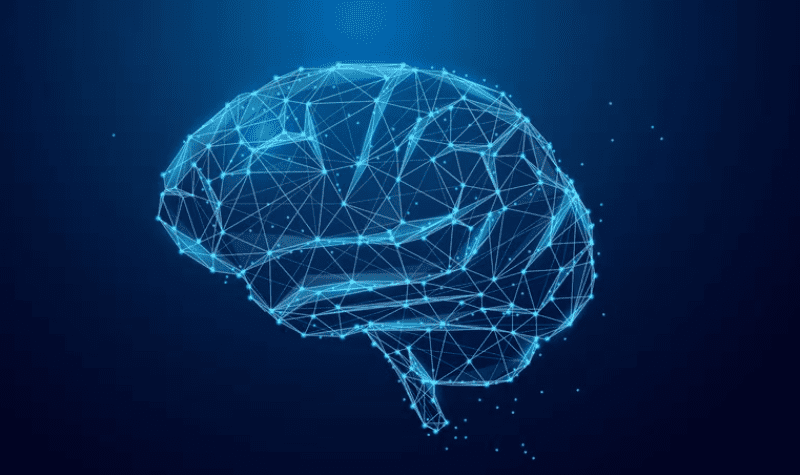Researchers in Portugal have discovered a new collaborative mechanism that unveils how neural stem cells sense injury and communicate for tissue repair, moving science closer to boosting neuron regeneration after brain damage.
Stroke and traumatic brain injury can permanently damage neurons and, depending on injury site, patients may experience long-term impairments of critical motor or cognitive functions. For this reason, the brain has a reserve of special cells—known as neural stem cells—that can partially activate after tissue damage.
However, though many stem cells begin the process of regeneration, complete activation only happens in a few, meaning only a small number of fresh neurons are created. Fewer still survive to re-populate the damaged site. Instead, the area is typically filled by glia, a common non-neural support cell, which acts as the “glue” of the nervous system.
To further understand the regeneration process, researchers with the Champalimaud Foundation in Portugal investigated adult brain plasticity after injury and discovered a new mechanism in which neurons and glia collaborate to drive the process forward. The team analyzed fly and mouse models, whose brains also contain neural stem cells and share several signaling molecules and intercellular communication forms with humans, senior study author Christa Rhiner said in a news release to coincide with a June 17 publication in the journal Developmental Cell.
The researchers identified that Swim, a transporter protein that “swims” across tissue to help local molecules spread out, plays a key role mounting the regenerative response, according to Anabel Simões, a doctoral student at the lab.
The scientists detected that Swim transports a molecule dubbed Wg/Wnt, an activator of neural stem cells in flies and mammals. Finding Wg in neurons of the damaged area was significant, Simões said, because it means the neurons sensed distress and tried to “wake up” dormant neural stem cells.
The team dove deeper, finding that when oxygen levels drop in the injured area, a specific kind of glial cell is activated and produces Swim. Then, Swim carries Wg to the nearest stem cell, effectively turning it on.
“One of the more striking aspects of this mechanism is that it’s collaborative,” said Simões. “Neurons and glia in the affected brain area work together to promote tissue repair.”
Being aware of key players in regeneration and how they communicate opens the door to potential therapies that could improve neural regeneration. Before that can happen, though, researchers need to first verify that a similar mechanism also exists in humans, Rhiner said.
While the researchers are the first to discover the collaborative mechanism, the neuronal regeneration space has seen a wave of discoveries recently.
Just last month, research from Harvard Medical School and Massachusetts General Hospital suggested that fatty tissue could produce a source of homegrown stem cells needed to create long-sought-after regenerative treatments for a range of central nervous system disorders. And last year, scientists at UT Southwestern and Indiana University proposed a method of using a stem cell protein to promote healing after spinal cord injury.

